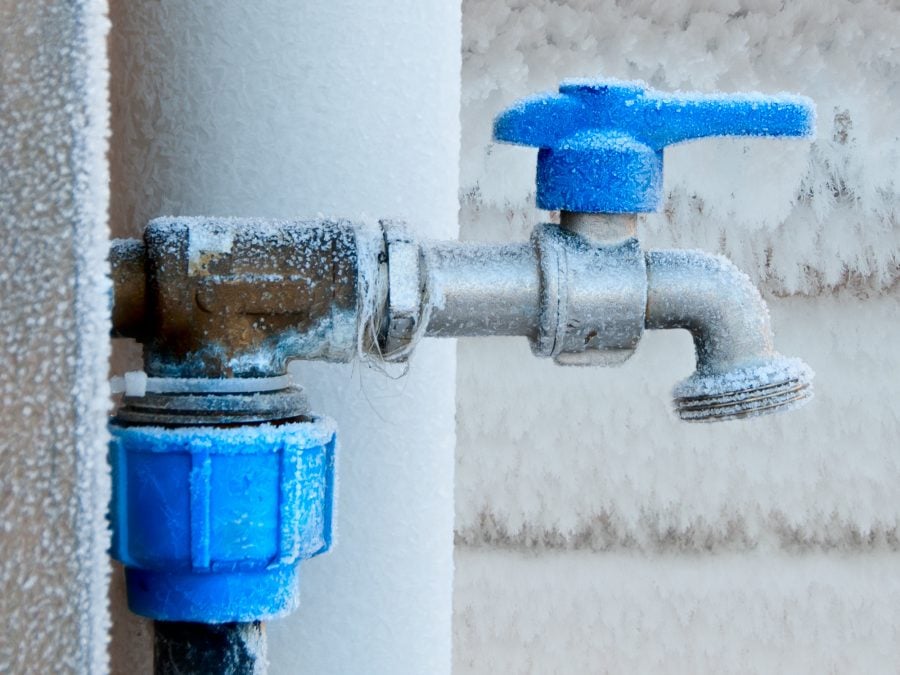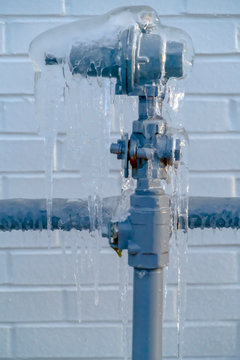Tips to Prevent Frozen Pipes in Winter: Pro Advice
Tips to Prevent Frozen Pipes in Winter: Pro Advice
Blog Article
How do you actually feel with regards to How To Avoid Freezing Pipes?

Cold weather can wreak havoc on your pipes, particularly by freezing pipelines. Right here's just how to avoid it from happening and what to do if it does.
Intro
As temperatures decrease, the threat of frozen pipelines increases, possibly resulting in pricey repair work and water damages. Understanding exactly how to stop frozen pipes is critical for property owners in cool climates.
Prevention Tips
Protecting at risk pipes
Wrap pipes in insulation sleeves or utilize warmth tape to shield them from freezing temperatures. Concentrate on pipes in unheated or external locations of the home.
Heating strategies
Keep indoor spaces adequately heated, particularly areas with plumbing. Open cupboard doors to enable warm air to distribute around pipelines under sinks.
Just how to recognize icy pipes
Try to find reduced water flow from faucets, uncommon smells or sounds from pipes, and visible frost on exposed pipelines.
Long-Term Solutions
Structural modifications
Consider rerouting pipelines far from exterior walls or unheated areas. Include extra insulation to attics, cellars, and crawl spaces.
Updating insulation
Invest in high-quality insulation for pipelines, attics, and wall surfaces. Proper insulation aids maintain regular temperatures and lowers the danger of frozen pipelines.
Protecting Outside Pipes
Yard hose pipes and exterior faucets
Detach and drain pipes garden pipes prior to winter season. Install frost-proof spigots or cover outside taps with insulated caps.
Understanding Icy Pipelines
What creates pipes to freeze?
Pipes freeze when subjected to temperature levels below 32 ° F (0 ° C) for prolonged periods. As water inside the pipes freezes, it broadens, taxing the pipeline wall surfaces and potentially creating them to break.
Threats and problems
Icy pipelines can cause supply of water disturbances, building damage, and expensive repair work. Burst pipes can flooding homes and create extensive architectural damages.
Indicators of Frozen Water Lines
Determining frozen pipelines early can avoid them from bursting.
What to Do If Your Pipelines Freeze
Immediate actions to take
If you suspect icy pipes, maintain faucets open to relieve stress as the ice melts. Make use of a hairdryer or towels soaked in warm water to thaw pipes gradually.
Conclusion
Stopping frozen pipes calls for positive actions and quick actions. By understanding the causes, indicators, and preventive measures, property owners can shield their plumbing during cold weather.
5 Ways to Prevent Frozen Pipes
Drain Outdoor Faucets and Disconnect Hoses
First, close the shut-off valve that controls the flow of water in the pipe to your outdoor faucet. Then, head outside to disconnect and drain your hose and open the outdoor faucet to allow the water to completely drain out of the line. Turn off the faucet when done. Finally, head back to the shut-off valve and drain the remaining water inside the pipe into a bucket or container. Additionally, if you have a home irrigation system, you should consider hiring an expert to clear the system of water each year.
Insulate Pipes
One of the best and most cost-effective methods for preventing frozen water pipes is to wrap your pipes with insulation. This is especially important for areas in your home that aren’t exposed to heat, such as an attic. We suggest using foam sleeves, which can typically be found at your local hardware store.
Keep Heat Running at 65
Your pipes are located inside your walls, and the temperature there is much colder than the rest of the house. To prevent your pipes from freezing, The Insurance Information Institute suggests that you keep your home heated to at least 65 degrees, even when traveling. You may want to invest in smart devices that can keep an eye on the temperature in your home while you’re away.
Leave Water Dripping
Moving water — even a small trickle — can prevent ice from forming inside your pipes. When freezing temps are imminent, start a drip of water from all faucets that serve exposed pipes. Leaving a few faucets running will also help relieve pressure inside the pipes and help prevent a rupture if the water inside freezes.
Open Cupboard Doors
Warm your kitchen and bathroom pipes by opening cupboards and vanities. You should also leave your interior doors ajar to help warm air circulate evenly throughout your home.

I discovered that piece about Prevent Frozen Pipes while doing a lookup on the internet. Do you know about another individual who is inquisitive about the subject? Do not hesitate to share it. Thanks a lot for your time spent reading it.
Visit Url Report this page